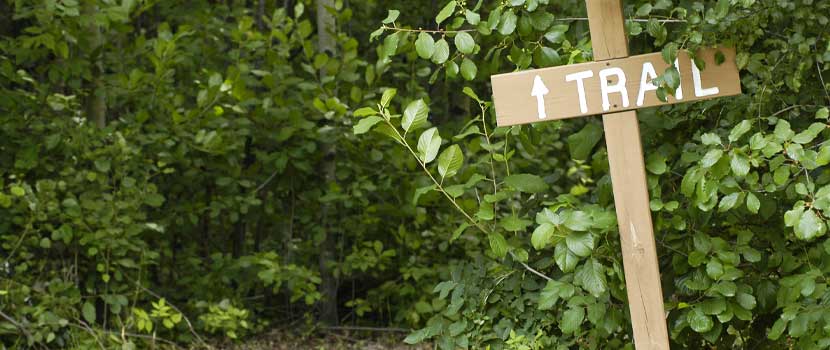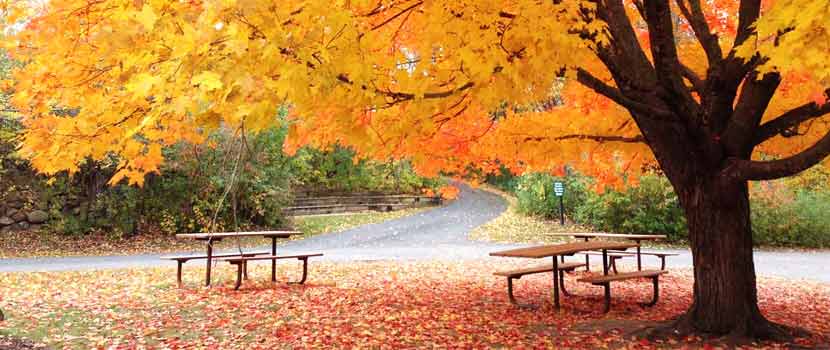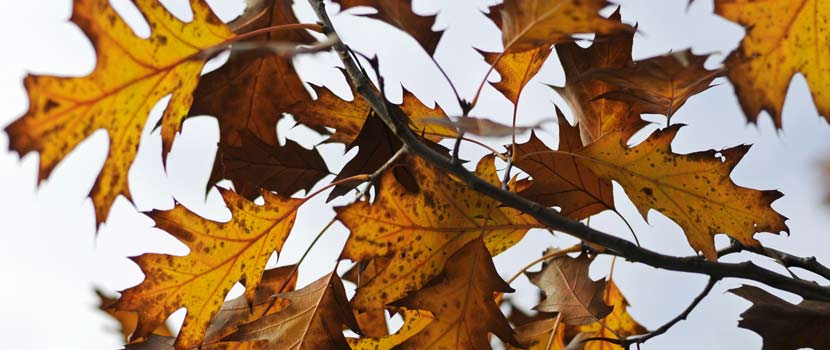
Now that spring is here, Three Rivers Park District is preparing to, once again, deal with one of the most insidious invasive, non-native plants in Minnesota — wild parsnip (Pastinaca sativa).
The main concern is it can be a very real human health hazard (more on that later). Because of the potential to harm park guests and staff, we have an aggressive control strategy.
Currently, wild parsnip can be found in Murphy-Hanrehan, Carver, Hyland Lake, Elm Creek, Baker, and Lake Rebecca Park Reserves, as well as Silverwood Park, Gale Woods Farm, Lake Sarah Dog Off-Leash Area, Cleary Lake Regional Park, and Lake Minnetonka Regional Park.
A Brief History of Wild Parsnip
As with many invasive plants, humans are the root cause of the problem. Early European settlers brought it with them from Europe and Asia as an edible root. It has since escaped cultivation, and the wild form is invasive in many natural areas across the United States.
In Minnesota, this plant is on the Prohibited – Control list of Noxious Weeds. This means that if you find it on your property, you are expected to attempt to prevent its spread.
This could take several forms, but an effort should be made to limit its dispersal, which must be done carefully! See “Prevention and Management” recommendations on the Minnesota Department of Agriculture website.
So What's the Problem with Wild Parsnip?
In addition to having many of the characteristics that make invasive plants a problem in natural areas, wild parsnip is dangerous to human health. Chemicals within the sap (furanocoumarins) make skin extremely susceptible to ultraviolet radiation.
This is known as phytophotodermatitis. If the sap contacts your skin, and the area is exposed to sunlight, you will experience a reaction: an itchy, burning rash that takes about a day after exposure to develop.
Ultimately, painful burns and/or blisters form that often take weeks (or even months) to heal, and scars from these burns can last years.
How to Identify Wild Parsnip
In order to avoid this plant, learn to identify it! Here are some handy characteristics:
First-year leaves are produced in a rosette, a low-growing stage that looks something like this:
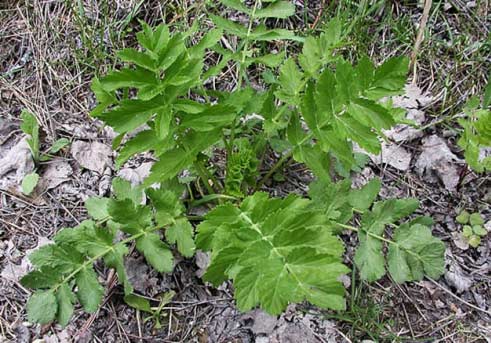
After at least one year as a rosette, the plant will bolt and send up a tall flowering stalk. This stalk is usually 4-5 feet tall and has umbrella-shaped clusters of teeny, tiny yellow flowers. It is most obvious and easiest to identify at this stage, which is roughly late June to early August in the Twin Cities. This is also the time when its furanocoumarin concentrations are the highest.
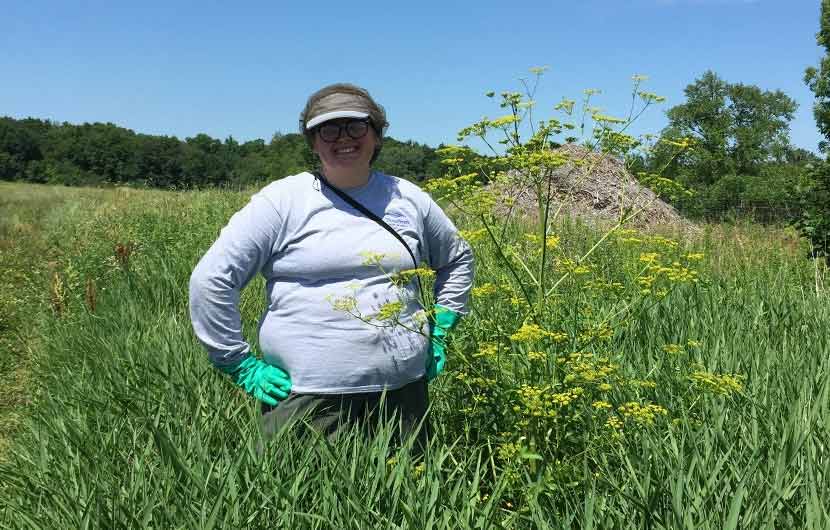
The leaves at both the rosette and flowering stage are alternate but compound with 5-15 paired leaflets per leaf.
Another helpful characteristic is the stem, which has deep vertical grooves. The grooves are an easy way to differentiate this plant from its main native look-alike, golden alexanders (Zizia aurea).
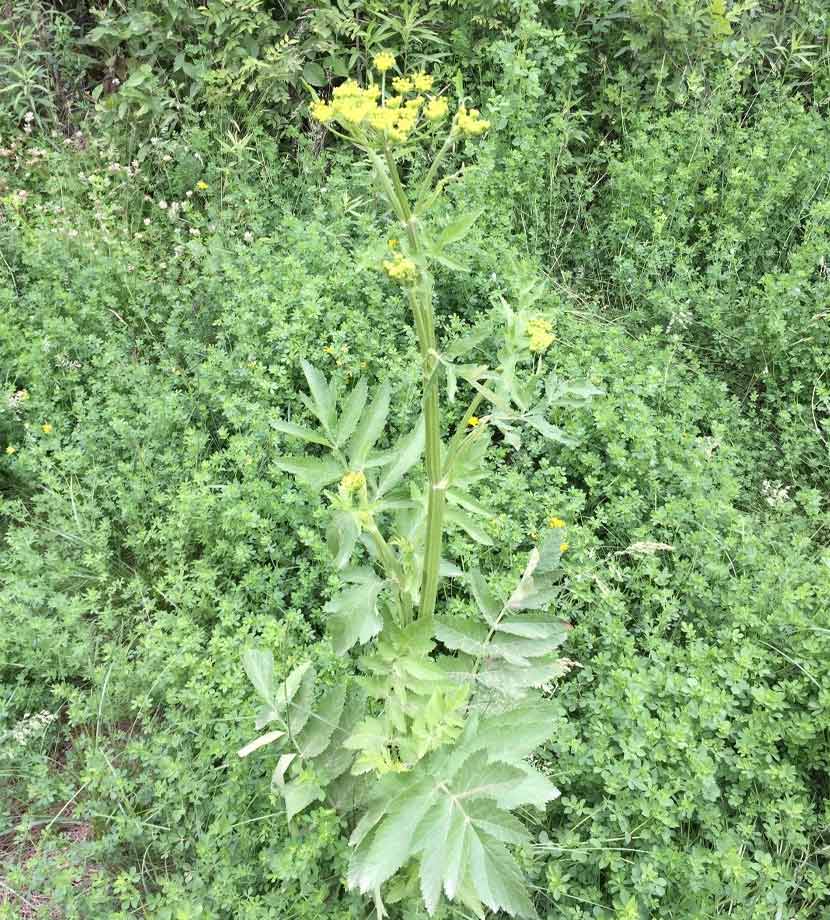
For more helpful identification tips, see Minnesota Wildflowers – A Field Guide to the Flora of Minnesota and Minnesota Noxious Weeds from the Minnesota Department of Transportation.
How Does Wild Parsnip Spread?
As mentioned previously, humans are the main reason this plant has been dispersed far and wide. Mowing at the wrong time of year (while it is in seed) is the classic culprit. Simply cleaning mowers and other equipment can go a long way to slowing and even preventing its spread.
This is one reason we partner with Play Clean Go. This nation-wide program was started in Minnesota to help raise awareness about the inadvertent spread of invasive species.
So the next time you are out and about, don’t forget to clean your gear before and after your trip!
About the Author

Paul is the Manager of Forestry and Horticulture at Three Rivers Park District – a position he has held for the past 10 years. Prior to that he was stomping around the wilds of Milwaukee County as the natural areas manager, and before that he was stomping around the wilds of New York City (yes, there are some) as an environmental restoration project manager for the New York City Department of Parks and Recreation. In his spare time he enjoys installing flashing on old windows.
Related Blog Posts
How to Protect Yourself and Prevent Ticks
By: Steven Hogg
Ticks are inevitable in nature, but they are a risk that can easily be prevented! Find ways to protect yourself from wood and deer ticks and learn more about the symptoms of tick-borne diseases.
Species Spotlight: Sugar Maples
By: Paul Kortebein
Sugar maples are one of the most well-known native trees around the Twin Cities, but how much do you really know about them?
Species Spotlight: Northern Red Oak Trees
By: Paul Kortebein
Northern red oak trees are one of the most common trees in our area. Learn more than you ever knew you wanted to know about northern red oaks in this not-quite-comprehensive-but-pretty-close post.
